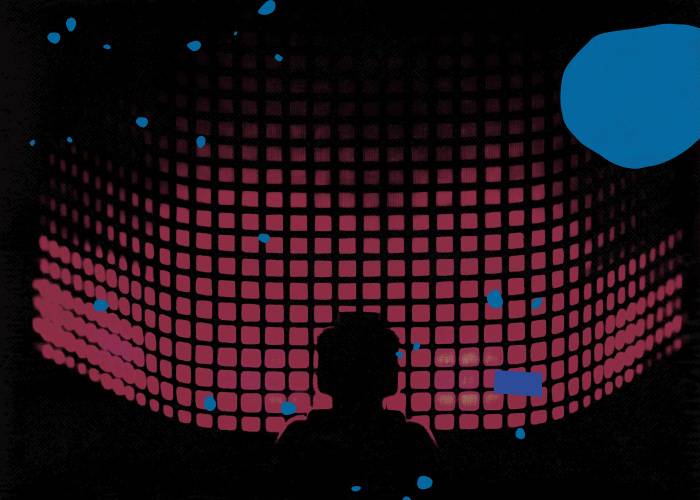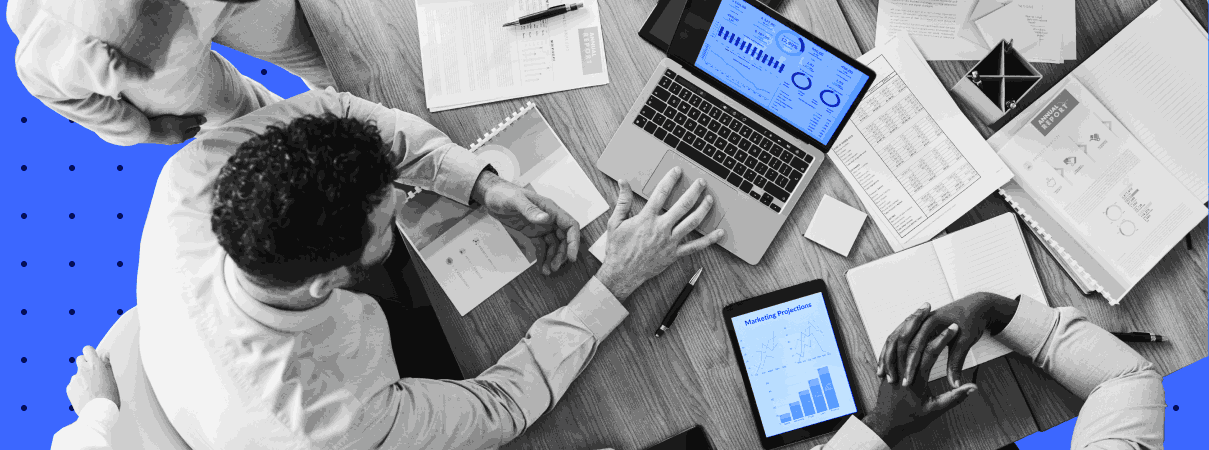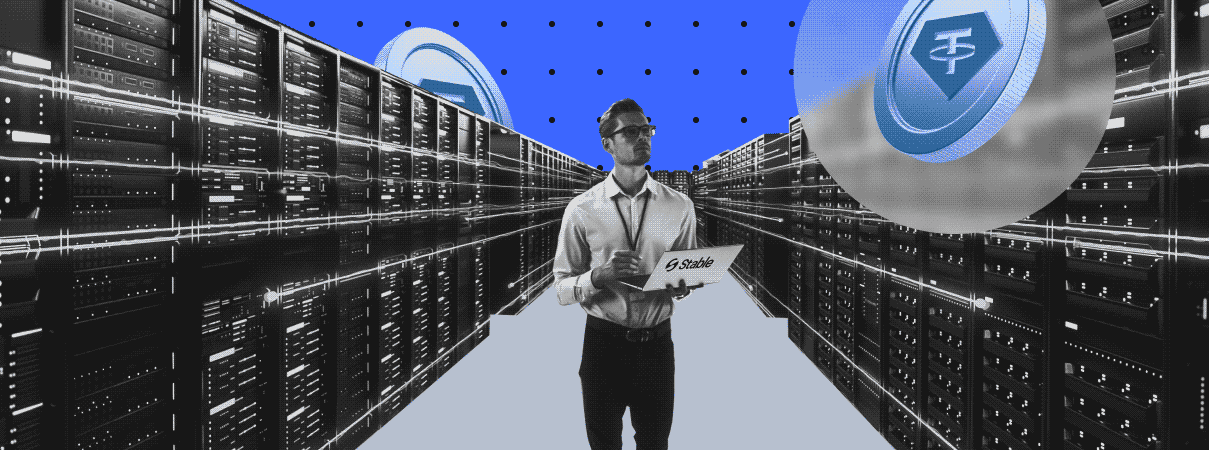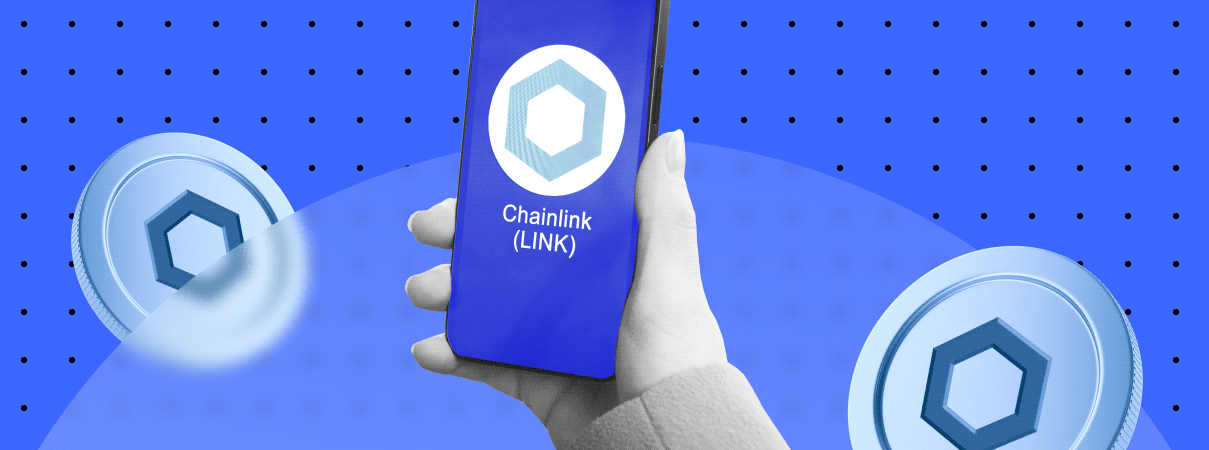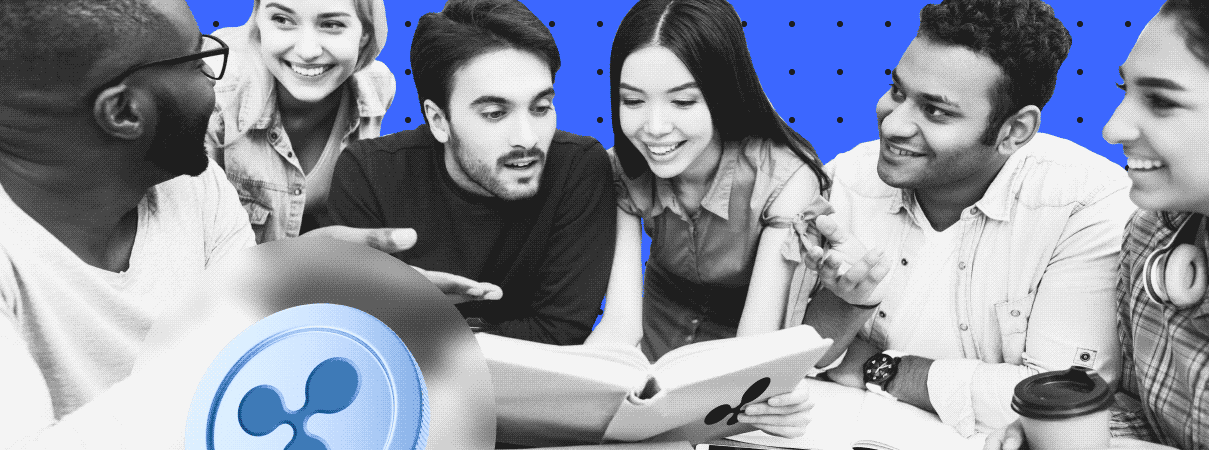The Relevance of Oracles and How They Work

Oracles connect blockchain networks with the outside world. They provide data for the implementation of smart contracts. These contracts are able to change based on a temperature change, a transaction completion, or a candidate winning an election thanks to oracles.
Oracles always receive information from outside the blockchain. Data sources are the basic criterion for classifying blockchain oracles:
- Software oracles process data from online sources in real-time. For example, they can record the price changes of an asset or the confirmation of a transaction.
- Hardware oracles digitize offline data such as temperature changes, RFID sensor data, or barcode activation. Such oracles are common in the Internet of Things (IoT) and logistics automation using blockchain technology.
- Consensus-based oracles are used to make the final result more reliable. For example, the average value of currency pairs on ten different platforms.
There are also human oracles — in this case, a specific person is a source of information for executing a contract.
DeFi services and other decentralized applications (dApps) especially need the data provided by oracles. Without oracles, prediction markets cannot work. They also help set up interactions between different blockchain platforms.
The Blockchain Oracle Problem and Solution
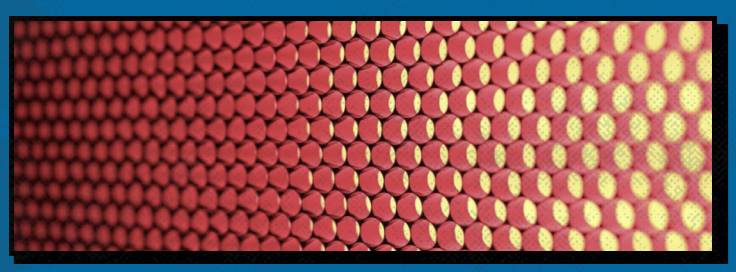
The main challenge associated with oracles is trust. The data supplied must be trustworthy; otherwise, the execution of the smart contract and the algorithm as a whole can be compromised.
A solution to this problem can be exampled by a project called Chainlink (LINK). The project implements a system of decentralized oracle networks (DON). Furthermore, at the level of each particular network, there is a combination of security elements:
- Decentralization. This ensures that there is no single point of failure, that is, a node whose failure leads to the inoperability of the entire system. This guarantees constant access to the data and ensures it is resistant to manipulation.
- Open source code. This allows you to carry out all-around independent analysis of the realized algorithms’ safety and reliability and make improvements in the project code as it is needed.
- Signing of data. Each node in a DON is uniquely cryptographically signed so other users know the data provider, can see its history and evaluate the quality of delivered information.
- External Adapters. These are tools for secure connections to any of the off-chain resources or APIs that encrypt the credentials of a particular connection.
- Use of Zero-knowledge proof algorithm, Trusted Execution Environment (TEE) technology and other advanced cryptographic developments allow oracles to perform off-chain calculations and prove the origin of received data while maintaining the confidentiality of the information itself.
Other measures include:
- Service agreements between the smart contract and the oracle provider that include a system of penalties and rewards for the quality of the data provided;
- Reputation systems and metrics to assess the quality of individual nodes, allowing smart contract owners and community representatives to exclude unreliable information providers;
- Various elements of certification including KYC, etc.
All this guarantees data reliability as well as the security and reliability of the oracles themselves.
Interesting Projects Working on Oracles

The work of a number of major projects is already inextricably linked to data derived from blockchain oracles. Among them, the most famous are:
- Polkadot (DOT). The largest cross-chain platform that allows the transfer of any type of tokens, assets and data between blockchains. It is the foundation for many oracle platforms: Paralink Network, OptionRoom, Kylin Network, Ares Protocol, ZK Oracle, PolkaOracle and the already mentioned Chainlink.
- UMA (UMA). The platform for designing and creating derivatives, synthetic assets and margin trading using them. It is based on the Ethereum blockchain. Oracles are applied if users contest the liquidation of positions.
- Augur (REP). The decentralized prediction platform, running on the Ethereum blockchain. The outcome of an event is determined by the owners of reputation tokens — REPs, which act as oracles. The correct outcome is reached by consensus and false information providers are removed from the system, which operates on the “wisdom of the crowd” theory.
- Aeternity (AE). The platform for creating decentralized applications based on a proprietary high-performance blockchain with smart contracts. The project allows tokenization of real and virtual assets. Oracles provide information about the state of assets to implement smart contracts in the system, and the platform uses prediction markets for voting and verification.
- Aragon (ANT). The decentralized Ethereum-based platform for creating and managing DAOs. The well-known DeFi protocols Decentraland (MANA) and Aave (LEND) are based on the platform.
Thus, oracles are one of the cornerstones of the DeFi ecosystem, enabling decentralized finance protocols to interact with the outside world and among themselves, forming transparent and cyberattack-resistant distributed financial systems.
Oracles are used in other areas as well. For example, Circulor is a decentralized application of the Oracle Blockchain Platform. It allows optimizing supply chains for raw materials for consumer electronics and batteries for electric cars. Circulor uses hardware oracles in the process. Therefore, oracles make it possible to use blockchain technology in sectors of the physical economy — logistics, insurance, paperwork and others.
